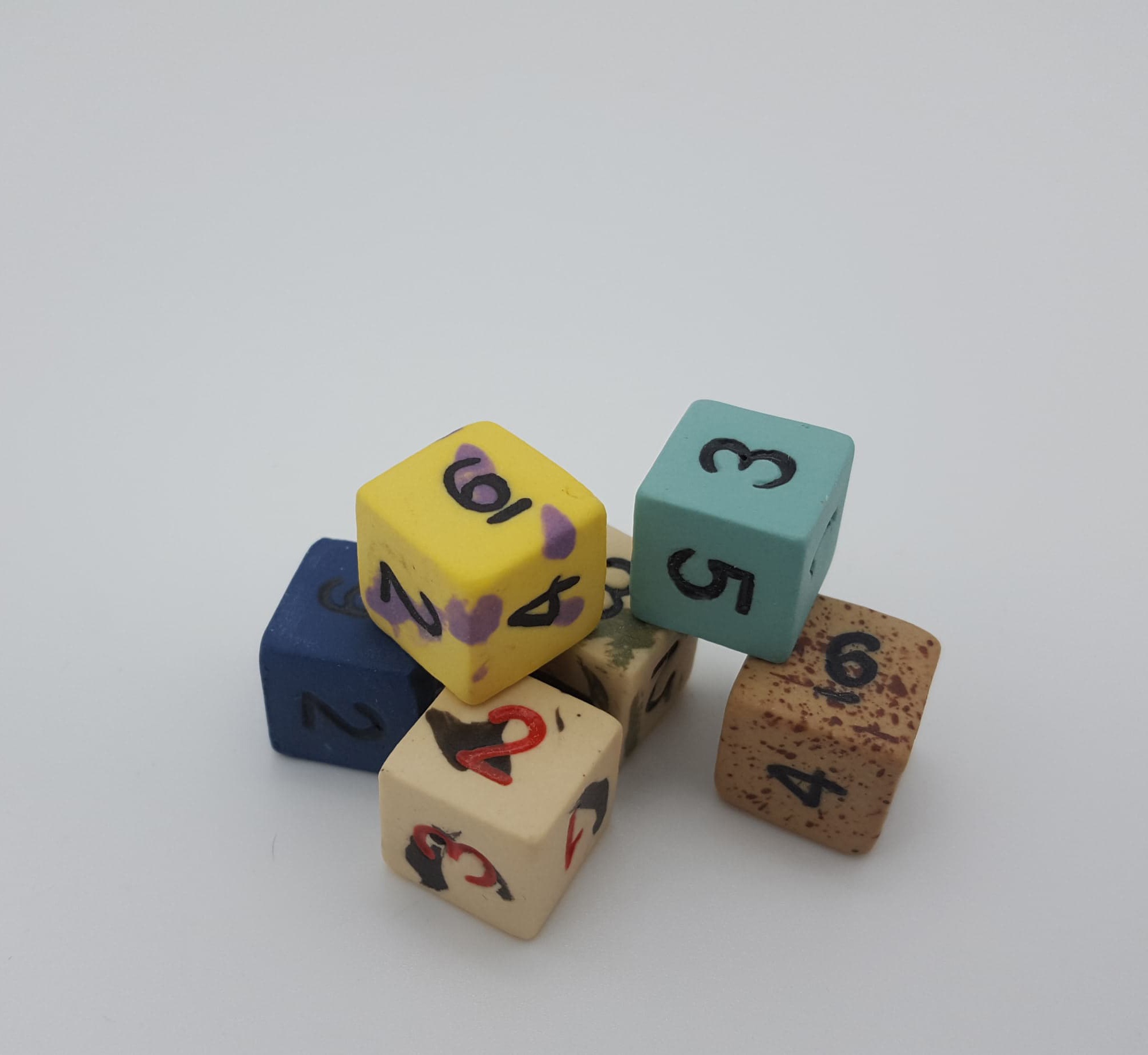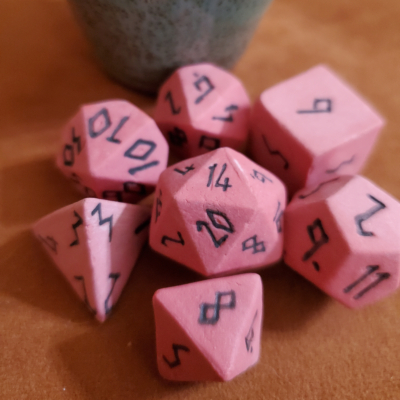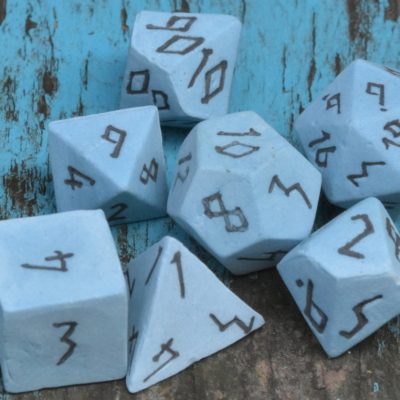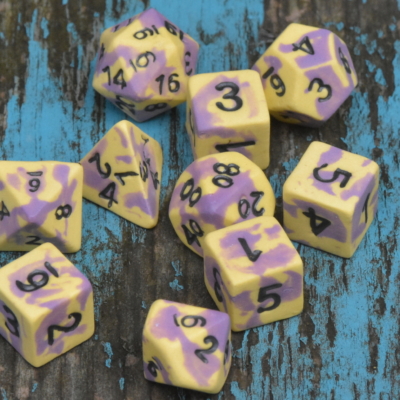Mastering the Art of Splitting the Party: Tips for Gnome Clerics
In any tabletop role-playing game, splitting the party can lead to both thrilling adventures and daunting challenges. For players, especially those portraying a gnome cleric, handling such situations requires strategy, creativity, and understanding. This comprehensive guide will provide tips and tricks for both beginners and advanced players on how to effectively manage party splits while ensuring everyone has fun.
Understanding When to Split the Party
Knowing when to split your party can be crucial. Sometimes it happens organically due to differing character goals or unexpectedly during gameplay. Here are some scenarios where splitting might occur:
- Diverging quests or missions.
- The need for stealth versus combat roles.
- Exploring vast territories or dungeons.
As a gnome cleric, your role can be pivotal in these situations because of your unique abilities that balance support and combat.
Strategies for Beginners
Communicate with Your Team
Communication is key. Ensure that every member understands why splitting is necessary and what each subgroup aims to achieve. Keeping an open channel can prevent misunderstandings and ensure coordinated efforts.
Use Your Abilities Wisely
Your healing spells and buffs are invaluable when split. Ensure you have enough resources like spell slots or potions before engaging in dangerous tasks separately from others.
Equip yourself with reliable tools such as the Assorted 6d6 Ceramic Dice Set, which enhances your gameplay experience by providing precision rolls needed during critical moments of split-party scenarios.
Advanced Techniques
Plan Thoroughly
Before diving into separate paths, plan thoroughly with your Dungeon Master (DM). Understanding potential encounters or events allows you to prepare specific strategies tailored to individual strengths and weaknesses.
Role Adaptation
Adept gnome clerics must adapt their roles according to group needs – becoming more offensive if required or focusing solely on support if others lack healing capabilities.
Mastering the Art of Splitting the Party: Tips for Gnome Clerics is an in-depth guide aimed at giving beginners and experienced players alike the tools they need to navigate the complex dynamics of party splits in tabletop role-playing games. As a gnome cleric, you hold a unique position within your party, capable of providing both supportive healing and combative prowess. However, when your party splits due to diverging quests or missions, the need for stealth versus combat roles, or even the exploration of vast territories or dungeons, your role becomes even more critical. This guide will help you understand when splitting the party is the most beneficial strategy, and how to manage these situations effectively.
For beginners, the guide provides key strategies for effective communication within your team, ensuring that everyone understands why the split is necessary and what each subgroup is set to achieve. It also highlights the importance of using your clerical abilities wisely, particularly your healing spells and buffs, which become invaluable when the party is split. The guide recommends having enough resources such as spell slots or potions on hand before engaging in potentially dangerous tasks. Additionally, it suggests the use of tools like the Assorted 6d6 Ceramic Dice Set to enhance the gameplay experience and provide precision rolls during critical moments.
For advanced players, the guide emphasizes the importance of thorough planning with your Dungeon Master (DM) before proceeding down separate paths. Understanding potential encounters or events can help you prepare specific strategies tailored to individual strengths and weaknesses. Finally, the guide explores the concept of role adaptation – a skill that every adept gnome cleric should master. Whether it’s taking on a more offensive role when required or focusing solely on support when healing capabilities in your group are lacking, being able to adapt to the needs of your team is a crucial aspect of managing party splits effectively.
-
Runic Pink Delight Ceramic Dice Set
Select options This product has multiple variants. The options may be chosen on the product page -
Runic Windcaller Ceramic Dice Set
Select options This product has multiple variants. The options may be chosen on the product page -
Psyy O’Narrah Ceramic Dice Set
Select options This product has multiple variants. The options may be chosen on the product page





